I’ve been thinking of tribalism a fair bit lately, given ongoing public conversations among my American neighbours. It reminds me of another tribal conflict that I recently visited.
Last month, I had the good fortune of travelling in Ireland. I’d never been to Ireland, before. My wife’s ancestry stems from there. Over the years, I’ve enjoyed Irish music, as a listener, dancer and fiddler. They make good beer.
One of the highlights for me on my Irish travels was going on a Political Conflict Walking Tour, in Belfast, Northern Island. The tour took 3.5 hours, About a dozen of us participated. We walked the streets at the heart of the political conflict known as “The Troubles“. We explored both sides of the Republican-Loyalist Peace Line.
Walking to understanding
As a mediator, I found the Political Conflict Walking Tour fascinating. The first half was on the Republican (pro-Ireland, Catholic) side. The guide was a Belfast resident, and hardcore Republican; he’d spent time in jail for his political actions. At the midway point of the walk, we passed through to the Loyalist side of the Peace Line. There we were met by our second guide; a Loyalist, Belfast resident, and ex British Army officer. The two guides shook hands. The Loyalist guide led us through the remainder of the tour.
What a fabulous way to explore conflict, and to hear stories and perspectives on a shared problem. Perspectives are the gateway to empathy.
A visual snapshot of the Belfast Political Conflict Walking Tour
Here’s a few pictures I took of the Belfast’ Political Conflict Walking Tour, beginning on the Republican side of the Peace Line.
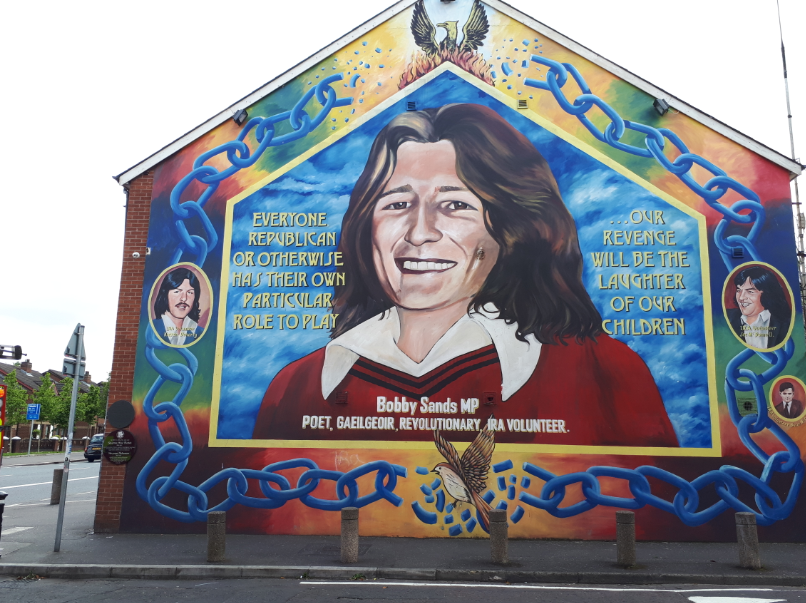
Bobby Sands, was Republican hero, member of IRA, and politician. He died from a hunger strike, while in prison.
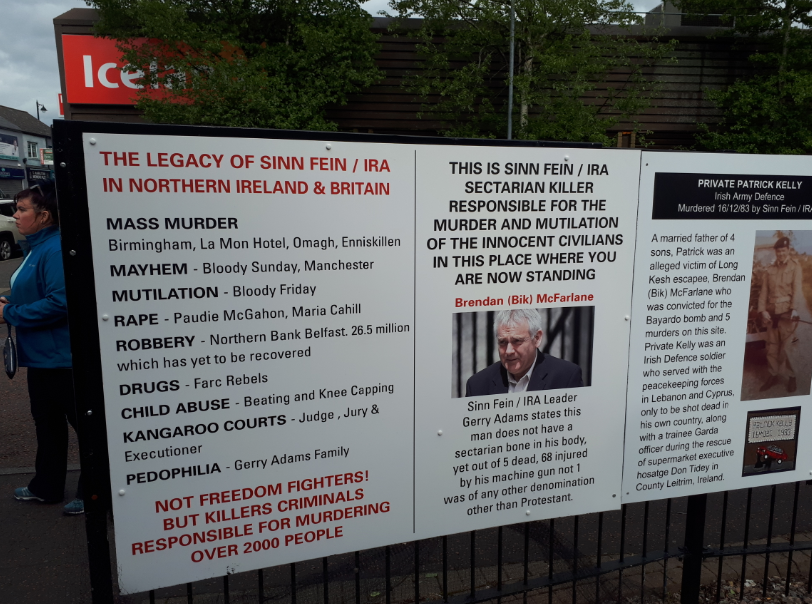
A few choice words, from Loyalists, about their Republican neighbours, on the other side of the Peace Wall.
Imagine
The two guides format could be used and applied to so many contexts. I can imagine an urban walking tour of Victoria, where I live. Half the tour would be guided by a “settler” person, half by a First Nations person. We, the participants, would hear different perspectives, and stories, about the same place. To top it off, after the tour, we’d break bread, together, and talk about what we’d just experienced. It’s how bridges are built.
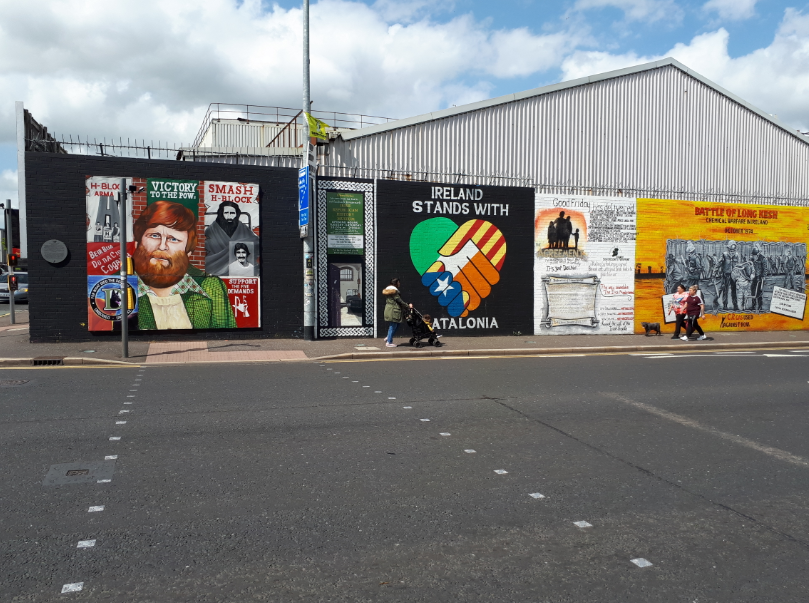


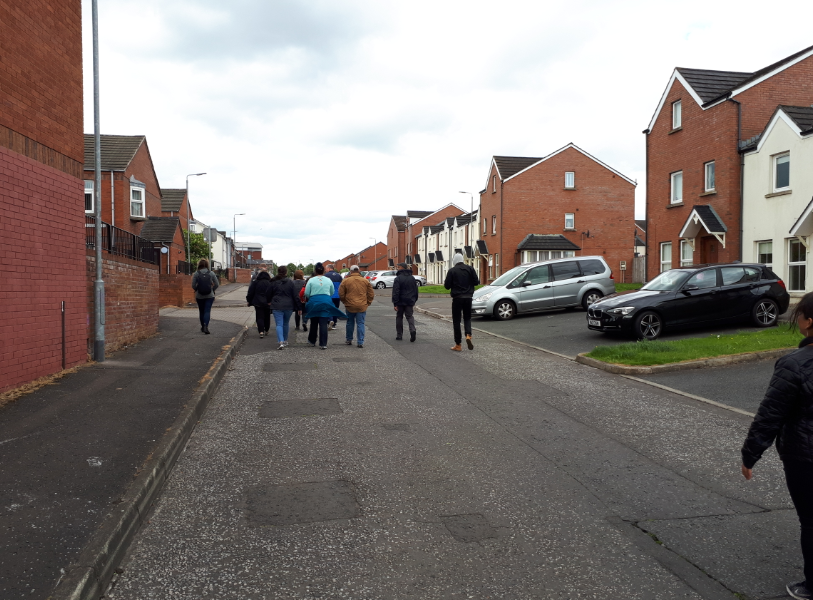


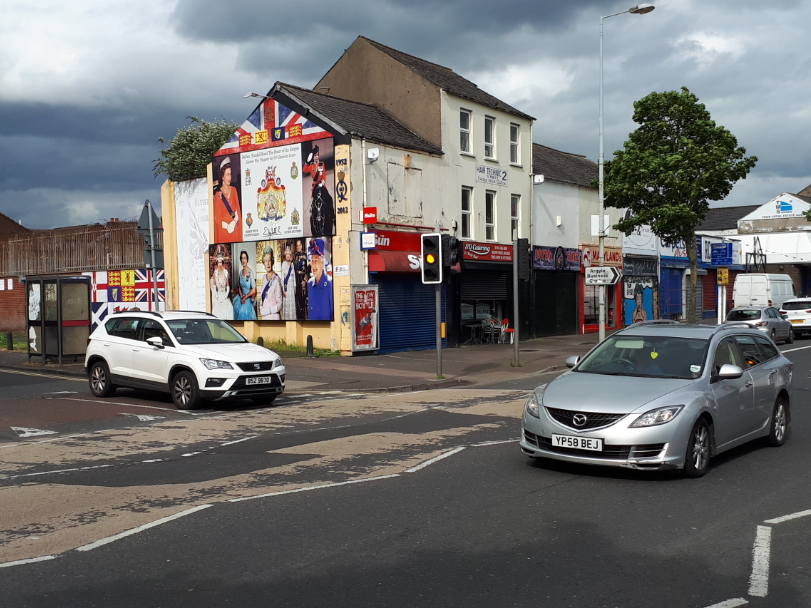

Speak Your Mind